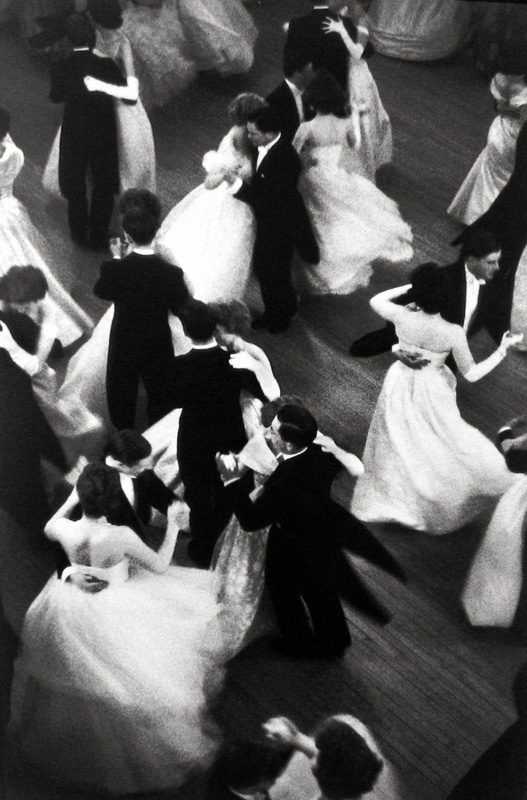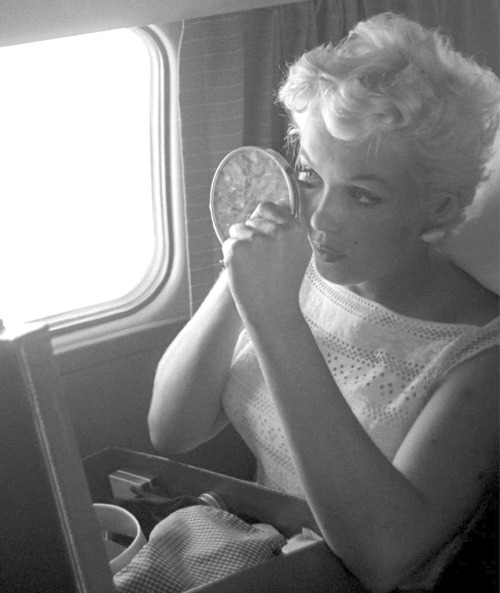Audrey Hepburn and Hubert de Givenchy first met in 1953. Givenchy was meant to design the costumes for Hepburn’s film, Sabrina. At the time, Givenchy was still a new designer. He had opened the House of Givenchy in Paris in 1952, and at 25 years old, was the youngest fashion designer on the Paris fashion scene at the time. Hepburn, too, was just starting her career at the time. When Givenchy was told that “Miss Hepburn” would be coming to see him about the film costumes, he was expecting to meet Katherine Hepburn (an already-established actress, with no relationship to Audrey Hepburn).
Givenchy had later reflected on that first meeting with Hepburn saying, “there, framed in the doorway, was this beautiful, tiny, skinny person who appeared very fragile, with huge doe eyes, wearing a small pullover, trousers in fabric from Vichy.” Her attire intrigued him, as did her frame, which was unusually small compared to most fashion models of the time. Givenchy was in the middle of designing a collection and was unsure whether he could make the wardrobe for Sabrina. But after Hepburn tried on a few of the dresses he had already made, Givenchy knew he had to design for her. He continued to design the costumes for almost every one of Audrey Hepburn’s future films, at Hepburn’s request (source).
Audrey Hepburn wearingin the same Givenchy ball gown that she wore in the film Sabrina. Photograph by Jack Garofalo via
At the Academy Awards, 1954 Audrey Hepburn won best actress for her first major film role, as Princess Ann in 1953’s Roman Holiday. To collect the gong, she recycled her costume from the film, asking her new friend Givenchy to alter it for the red carpet via
Hubert and Audrey during a dress fitting for the quintessential wedding gown Audrey wore in Funny Face directed by Stanley Donen, 1956 via
The dress started the trend for tea length wedding dresses via





































